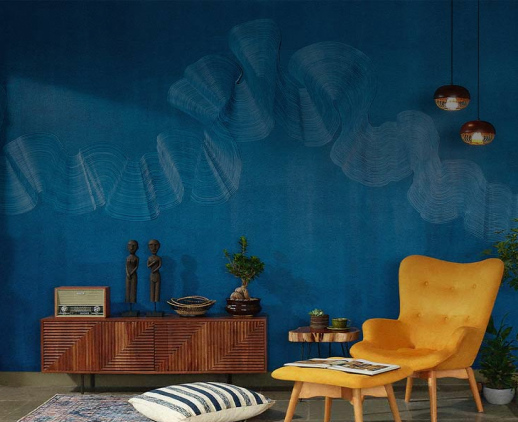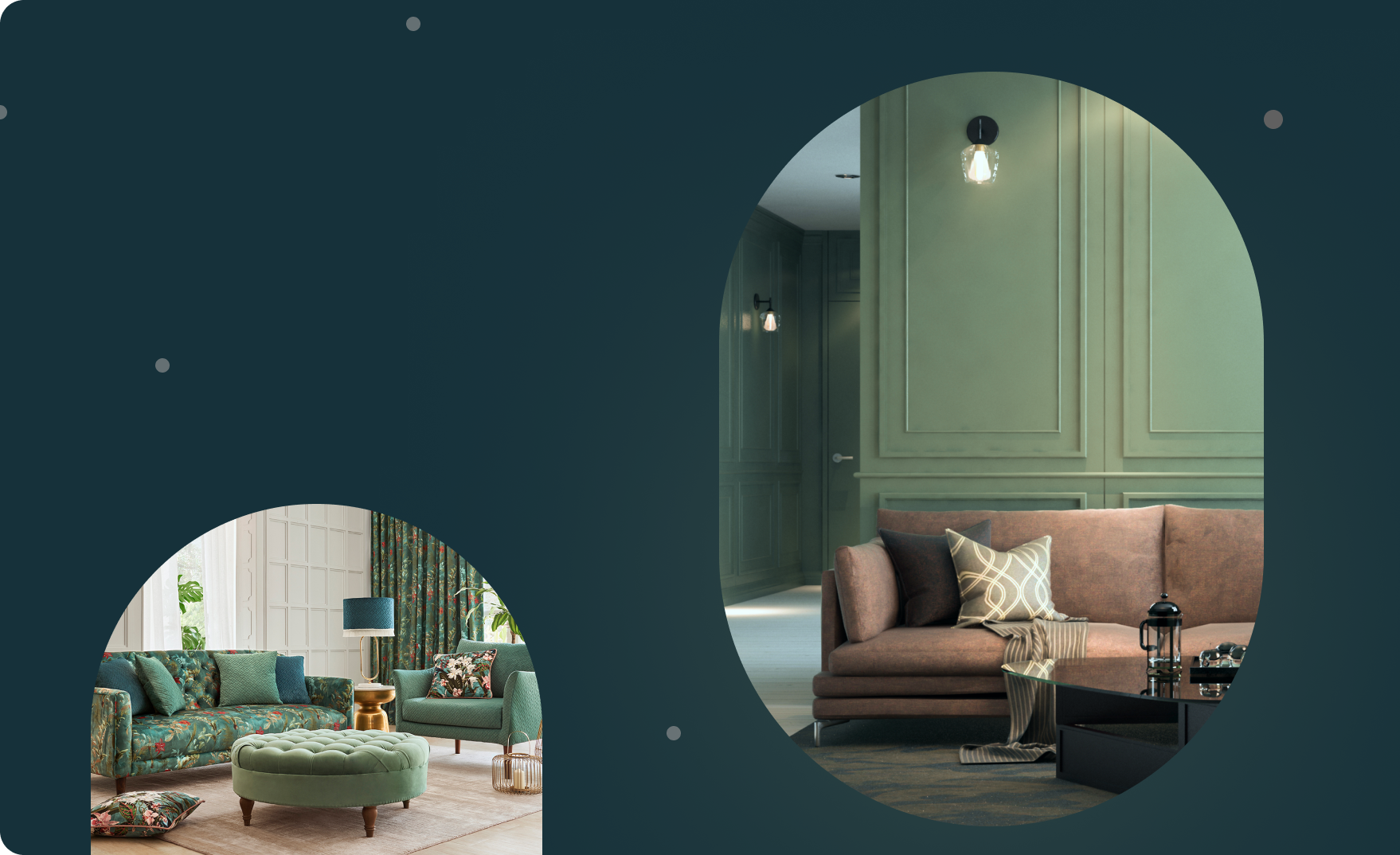Carpet Construction:
Indoor carpets have one of the following three constructions: berber, pattern or texture. Patterned carpet is generally preferred for areas with a high movement frequency, such as the living room.
Carpet Padding:
Opt for a layer of padding underneath the carpet for additional comfort, insulation, and durability.
Pile Height:
It is the height of the carpet fibre, not including the backing. For high traffic areas like the living room, low pile carpets are best suited in terms of functionality. Low pile carpets have a flat and dense look. Its short fibres are durable and easy to clean since they do not catch dirt and debris. These can stand up to movement and weight without being crushed and maintain their appearance. With homes without kids and pets, medium pile carpets could work just as well and provide added warmth and comfort.
Face Weight:
Face weight is a measure to indicate the quantity of yarn in a pile. The higher the number, the higher the density and longevity of the carpet. Face weight directly correlates to the price of the carpet.
Size:
Wall to wall carpet isn’t the only option when it comes to carpeted flooring. Some carpets provide rug-like flexibility in different sizes. How you want to use it in the living room will determine the shape and size of the carpet.
Carpet Ideas for Living Room
Carpets are a fun way to experiment with colour, texture and pattern in a room. With limitless options, it can get overwhelming to make the right choice. Here are some ideas for the latest carpet for the living room to give you some inspiration.





















































